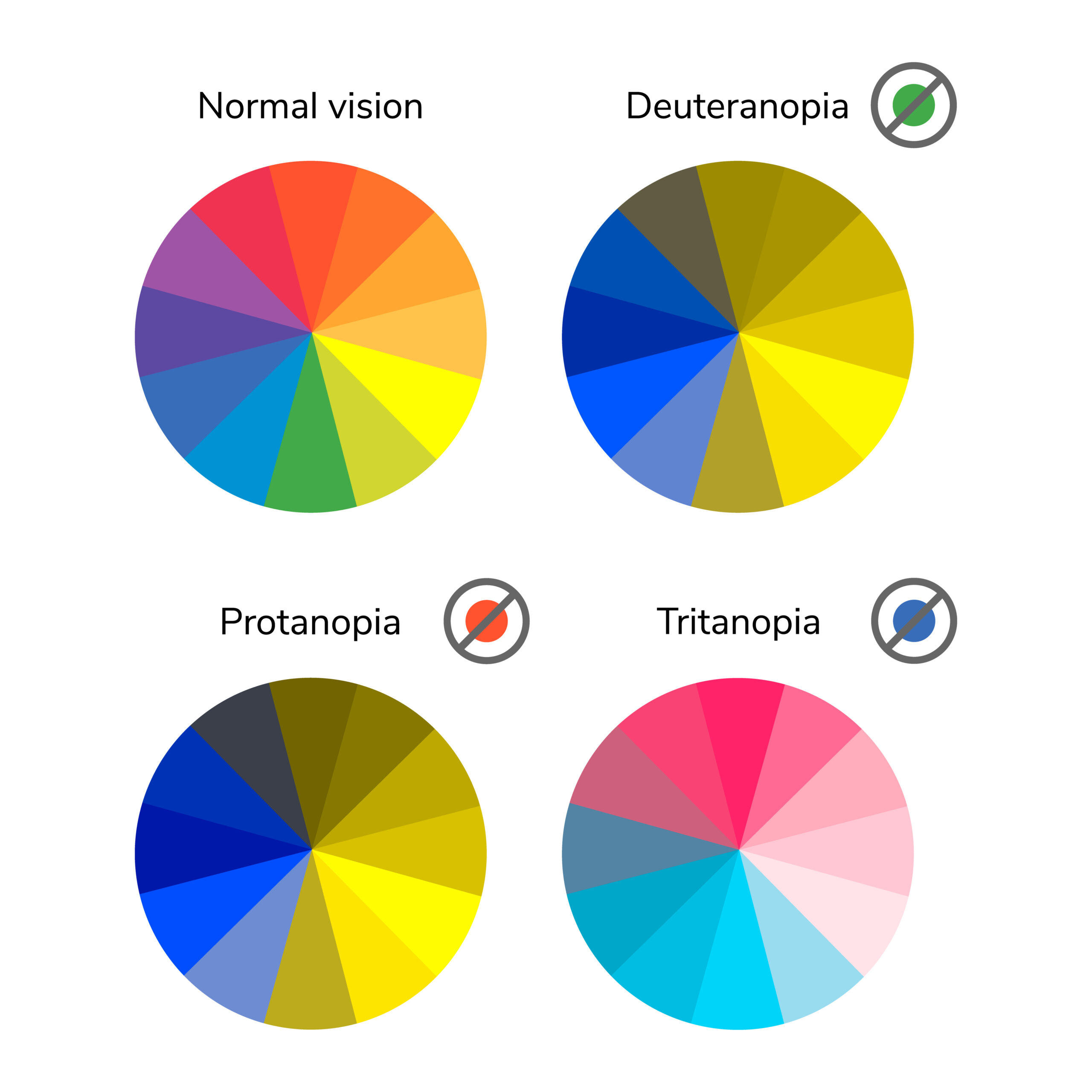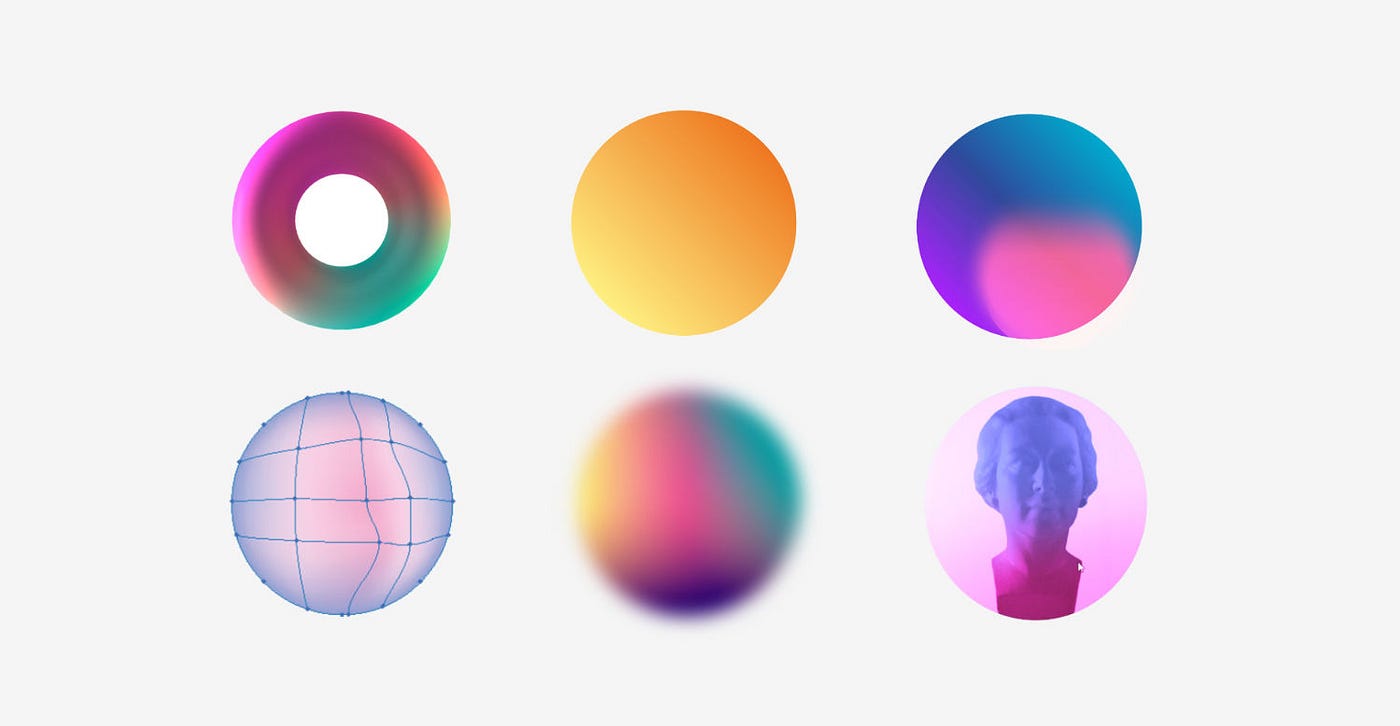Blogs

I. Introduction
The strategic use of color holds unparalleled significance. Within this vibrant spectrum, the artful deployment of color gradients emerges as a key player, offering designers a nuanced palette to simulate depth and dimension. This article embarks on an illuminating journey into the realm of color gradients, exploring their definition, historical context, and the psychological impact they wield on perception. As we navigate through the intricacies of linear and radial gradients, delve into their applications across diverse design elements, and analyze successful case studies, we unravel the secrets behind their power to captivate and evoke emotions. From the practical techniques of mimicking light and shadow to the thoughtful consideration of color choices for realistic depth, this exploration serves as a comprehensive guide for designers seeking to master the art of using gradients. Moreover, as technology advances and design landscapes evolve, we peek into the future, predicting trends and envisioning the continued influence of gradients in shaping the aesthetics of digital design. Join us on this visual odyssey, where we dissect, appreciate, and celebrate the timeless appeal and boundless versatility of color gradients in elevating the language of design.

A. Definition of Color Gradients in Design
Color gradients refer to a gradual transition between two or more colors. In design, they serve as a powerful tool for creating visual interest and depth.
B. The Power of Creating Depth and Dimension Through Color
Colors can evoke emotions and convey messages. Gradients, by smoothly blending hues, can simulate depth and dimension, transforming a two-dimensional space into a visually captivating experience.
C. Exploring the Techniques and Impact of Using Gradients for Visual Depth
This article aims to delve into the techniques of using color gradients to simulate depth in design. It explores the psychological impact, practical applications, tools, case studies, accessibility considerations, challenges, and future trends associated with gradient usage.
II. Understanding Color Gradients
A. Explanation of Linear and Radial Gradients

Linear gradients transition along a straight line, while radial gradients emanate from a central point, creating a circular or elliptical transition. Understanding these types is fundamental for effective gradient usage.
B. Overview of How Gradients Transition Between Colors
Examining how gradients transition between colors provides insights into creating seamless and visually pleasing effects. The smoothness and directionality of transitions play a crucial role.
C. Historical Context: Evolution of Gradient Usage in Design
Tracing the history of gradient usage reveals how design trends have evolved, showcasing the adaptability and timeless nature of gradients in various artistic movements and design eras.
III. The Psychological Impact of Gradients on Perception
A. Creating Illusions of Depth and Distance
Gradients can trick the eye into perceiving depth, making elements appear closer or farther away. Understanding the psychological aspects of gradient usage is crucial for impactful design.
B. Eliciting Emotions Through Gradient Choices
Different colors evoke different emotions. This section explores how gradient choices can influence the emotional response of users, contributing to a more immersive design experience.
C. How Gradients Enhance User Engagement and Interaction

Gradients can guide user focus, highlight interactive elements, and improve user experience. Examining these aspects sheds light on the practical benefits of gradient incorporation.
IV. Techniques for Using Gradients in Design
A. Simulating Light and Shadow Through Gradients
Gradients mimic the interplay of light and shadow, providing a realistic appearance to objects. Techniques for achieving this effect are explored, emphasizing the importance of understanding light sources.
B. Applying Gradients to Typography for Three-Dimensional Effects
Typography gains dimensionality with carefully applied gradients. This section outlines techniques for incorporating gradients into text for a visually striking impact.
C. Integrating Gradients Into Backgrounds and Visual Elements
Gradients can transform static backgrounds into dynamic landscapes. Techniques for integrating gradients seamlessly into various design elements are discussed, emphasizing balance and cohesion.
V. Color Choices and Combinations for Realistic Depth

A. Selecting Colors to Mimic Natural Lighting
Choosing colors that mimic natural lighting conditions adds authenticity to designs. This section explores the art of selecting colors to create realistic depth and lighting effects.
B. Creating Harmonious Gradients for Realistic Dimensionality
Harmonious color combinations contribute to the overall aesthetic. Techniques for creating gradients that enhance dimensionality while maintaining visual harmony are discussed.
C. Exploring Monochromatic and Multi-Color Gradient Combinations
Comparing monochromatic and multi-color gradients helps designers understand when to use each. This section provides insights into the visual impact of these gradient combinations.
VI. Tools and Software for Gradient Design
A. Introduction to Design Software with Gradient Features
An overview of popular design software with robust gradient features helps designers choose the right tools for their projects.
B. Online Resources for Creating Custom Gradients
Exploring online resources for creating custom gradients provides a wealth of options for designers seeking inspiration and efficiency in their workflow.
C. Tips for Seamless Integration of Gradients into Design Workflow

Effective integration of gradients into the design workflow requires certain considerations. This section provides practical tips for a seamless workflow.
VII. Case Studies: Examining Successful Designs with Gradients
A. Analyzing Designs from Diverse Industries
Examining gradient usage in designs from various industries provides real-world examples and inspiration for designers.
B. Extracting Lessons from Well-Executed Gradient Implementations
Identifying successful design strategies helps designers learn from the experiences of others and apply these lessons to their own projects.
C. Identifying Common Trends in the Use of Gradients for Depth
Recognizing common trends in gradient usage sheds light on the elements that contribute to successful design implementation.
VIII. Accessibility Considerations in Gradient Design
A. Ensuring Readability and Clarity for Users with Visual Impairments

Accessibility is crucial in design. This section explores how to use gradients without compromising readability for users with visual impairments.
B. Tips for Contrast and Color Consistency in Accessible Gradient Designs
Maintaining contrast and color consistency is essential for accessibility. Tips for achieving this while using gradients are discussed.
C. The Role of Gradients in Inclusive Design Practices

Gradients can play a pivotal role in inclusive design. This section explores how designers can adopt practices that cater to a diverse audience.
IX. Experimentation and Innovation with Gradients
A. Pushing Creative Boundaries with Unconventional Color Choices
Encouraging designers to step out of their comfort zones and experiment with unconventional gradient choices fosters creativity and uniqueness in design.
B. Exploring Gradient Animation for Dynamic Dimensionality
The dynamic nature of gradient animations can add a layer of sophistication to designs. Techniques for incorporating gradient animations are explored.
C. Showcasing Innovative Examples of Gradient Usage in Modern Design
Highlighting innovative examples of gradient usage in modern design serves as inspiration for designers seeking to stay at the forefront of design trends.
X. Challenges and Solutions in Using Gradients for Depth
A. Balancing Gradient Intensity for Subtle vs. Striking Effects
Finding the right balance in gradient intensity is crucial. This section discusses how to achieve both subtle and striking effects.
B. Adapting Gradients for Responsive Design Across Devices
Responsive design requires careful consideration of gradients. Techniques for adapting gradients across various devices are explored.
C. Addressing Browser and Compatibility Challenges with Gradient Implementations
Ensuring cross-browser compatibility is essential. This section provides solutions for overcoming challenges associated with different browsers and devices.
XI. Future Trends in Gradient Design
A. Predictions for the Evolution of Gradient Usage in Design
Anticipating future trends in gradient design provides insights for designers to stay ahead of the curve.
B. Integration of Gradients with Emerging Technologies
Exploring how gradients will integrate with emerging technologies, such as augmented reality and virtual reality, offers a glimpse into the future of design.
C. The Role of Gradients in Shaping the Future Aesthetics of Digital Design
Considering the evolving aesthetics of digital design, this section discusses the enduring role of gradients in shaping the visual language of the future.
XII. Conclusion
A. Recap of Key Techniques and Considerations in Using Gradients for Depth
Summarizing the key techniques and considerations provides a comprehensive overview for designers.
B. Encouragement for Designers to Experiment and Push Creative Limits
Encouraging designers to experiment with gradients fosters innovation and ensures continued evolution in design practices.
C. Final Thoughts on the Timeless Appeal and Versatility of Gradients in Design
Reflecting on the timeless appeal and versatility of gradients concludes the article, emphasizing their enduring importance in the ever-evolving landscape of design.
Posted in: Recreation, Technology






